Weathering breaks down the Earth’s surface into smaller pieces. Those pieces are moved in a process called erosion, and deposited somewhere else. Weathering can be caused by wind, water, ice, plants, gravity, and changes in temperature.
To better understand how the erosion and weathering process works….
LET’S BREAK IT DOWN!
The Earth’s surface gets broken down through weathering.
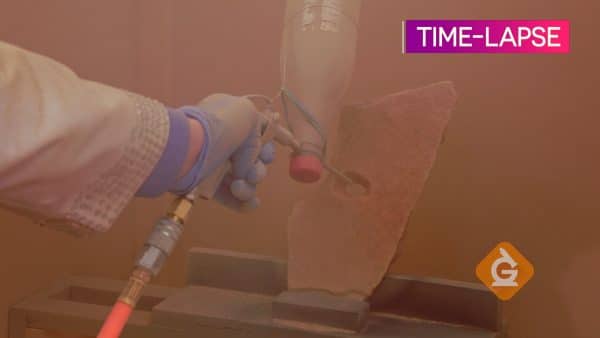
For as long as the Earth has existed, weathering has helped shape the landscape. Weathering wears away rocks and soil.
Water is often the main cause of weathering, either as rain or ice. Rainwater can easily enter cracks in rocks or sidewalks. If this happens during cold months, the water may freeze and expand in the crack. Working as a wedge, the ice splits the rock. Many times, road crews have to patch up potholes caused by weathering from ice.
Wind can also cause weathering. Over long periods of time, wind can wear away rock and carry tiny pieces of the rock to new places. This can create amazing landscapes, such as rocks that look like mushrooms.
Sometimes living things can cause weathering. Plant roots can wedge their way in between small cracks in rocks. As the plant grows, the roots increase the size of the crack little by little. Eventually, pieces of the rocks break off and get carried away by wind or water.
Erosion moves pieces of the Earth.
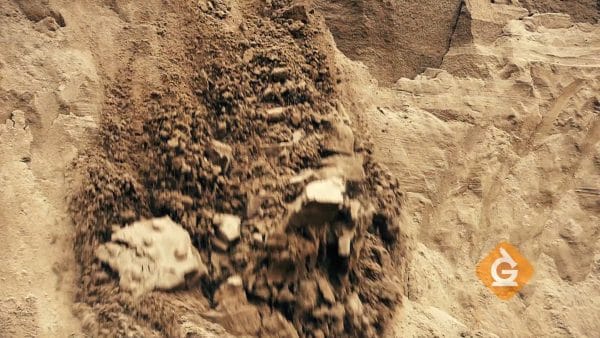
As pieces of the Earth are broken down by weathering, they are carried away in a process called erosion.
Water is a common way that pieces of the Earth are moved to a new location. Wind also contributes to erosion by blowing the particles away. Glaciers can pick up pieces of the Earth and drag them to new locations. They are slow but powerful.
Although erosion has helped shape some of the most amazing features on Earth, it can be harmful to the environment. When soil is washed away from one place to another, it can carry harmful materials like chemical, fertilizers, or pesticides. These dangerous chemicals can pollute our water supply.
Deposition is when pieces of the Earth are deposited somewhere else.
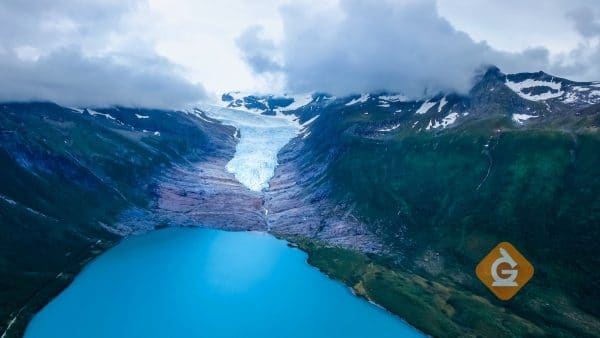
It is important to remember that when weathering happens, tiny pieces of the Earth do not disappear. They are moved through erosion, and deposited somewhere else through deposition. It could be very close, only a few feet away, or it can be many miles away such as if the tiny pieces were washed into a river.
The deposited materials can also create new landforms. For example, in Hawaii black sand from eroded lava is deposited on several beaches.
Weathering happens at different rates.
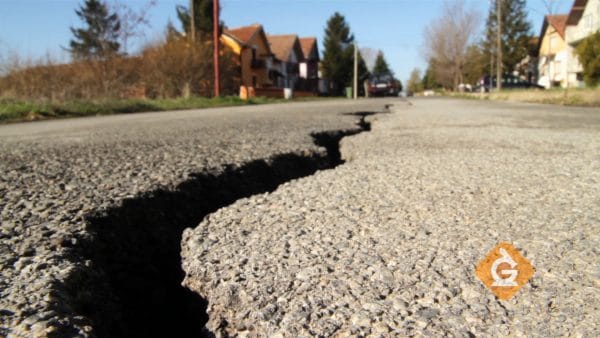
We see the effects of weathering and erosion every day. Splits in roads or sidewalks are caused by the expansion of ice, or the daily heating and cooling of the ground.
Sand on the beach is created from ocean waves pounding on rocks and eventually creating sand.
Sometimes erosion can happen very quickly like with mudslides. Mudslides are caused by moving water and gravity, and happen in only minutes.
Most weathering, however, is a slow process that happens over thousands or millions of years. The speed at which weathering and erosion take place depends on the type of material that is being worn away. Some hard rock, like granite, wears away slowly, while softer rock like limestone, wears away much more quickly.
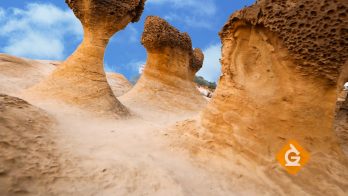
































































































































 Select a Google Form
Select a Google Form







 GENERATION GENIUS
GENERATION GENIUS




